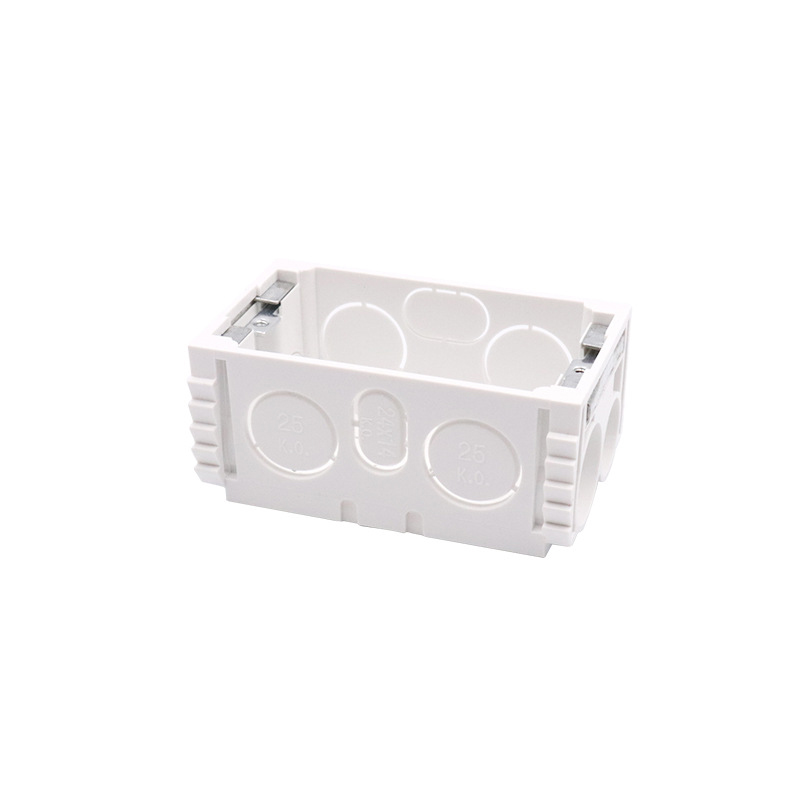When using electrical equipment outdoors, the Outdoor Extension Lead With Plug is an indispensable tool. However, due to long-term exposure to the outdoor environment, the insulation layer of the extension cord may be aged or damaged, which brings safety hazards to our use. So, how to judge whether the insulation layer of the outdoor extension cord is aged or damaged?
1. Appearance inspection
Observe the color of the insulation layer
Under normal circumstances, the color of the insulation layer of the outdoor extension cord should be uniform. If the color of the insulation layer changes, such as yellowing, browning or spots, it may be a sign of aging of the insulation layer.
Check the surface of the insulation layer
Carefully check whether there are cracks, scratches, wear or blistering on the surface of the insulation layer. These conditions may cause the performance of the insulation layer to deteriorate, and easily cause safety problems such as leakage.
Check the plug and socket
Check whether the insulation part of the plug and socket is damaged or deformed. If the insulation part of the plug or socket is cracked, loose or worn, the extension cord should be replaced in time to avoid danger.
2. Electrical test
Insulation resistance test
The insulation resistance of the outdoor extension cord can be measured using an insulation resistance tester. Under normal circumstances, the insulation resistance should be within a certain range. If the insulation resistance value is too low, it means that the insulation layer may be aged or damaged.
Withstand voltage test
The withstand voltage test can detect whether the outdoor extension cord can work normally under a certain voltage and will not leak or break down. If an abnormality is found during the test, the extension cord should be stopped immediately and repaired or replaced.
3. Precautions during use
Avoid excessive bending and pulling
When using outdoor extension cords, excessive bending and pulling should be avoided to avoid damaging the insulation layer. At the same time, be careful not to wrap the extension cord around other objects to avoid affecting heat dissipation and causing damage to the insulation layer.
Prevent exposure to the sun and rain
Outdoor extension cords should avoid long-term exposure to the sun or rain. Exposure to the sun will make the insulation layer hard and brittle, while rain may cause the insulation layer to become damp and reduce its insulation performance. When the extension cord is not in use, it should be stored in a dry and ventilated place.
Regular inspection and replacement
To ensure safety, the insulation layer of the outdoor extension cord should be checked regularly for aging or damage. If problems are found, the extension cord should be replaced in time. At the same time, it is recommended to replace the extension cord regularly to ensure its performance and safety.
To determine whether the insulation layer of the Outdoor Extension Lead With Plug is aged or damaged, we need to start from the appearance inspection, electrical testing and precautions during use. Only by being vigilant, discovering problems in time and taking measures can we ensure the safety of our electrical equipment when using it outdoors.
 Abroad:[email protected]
Domestic:[email protected]
Abroad:[email protected]
Domestic:[email protected]
 Abroad: +86-18157471290
Domestic: +86-18157471293
Abroad: +86-18157471290
Domestic: +86-18157471293
- Home
- Products
- Industrial connectors
- Waterproof housings
- Power distribution box sets
- ABS electrical accessories
- Cables
- Moulds
- Power Distribution Board/Box
- Extension Lead with Plug
- AS/NZS Waterproof Electrical Products
- C Series IEC/CEE Waterproof Electrical Products
- B Series IEC/CEE Waterproof Electrical Products
- Waterproof Window Cover
- Waterproof Plastic/Metal/Aluminum Box
- House Use Electrical Items
- About Us
- FAQ
- News
- Contact Us

